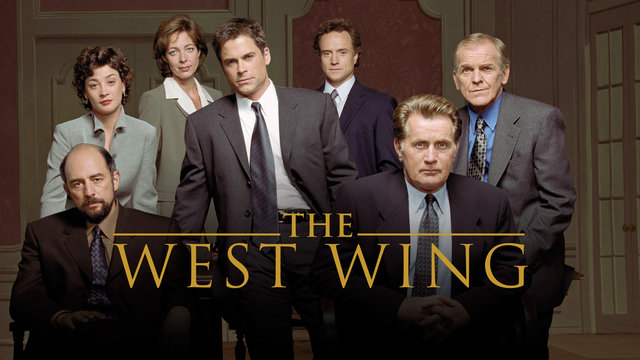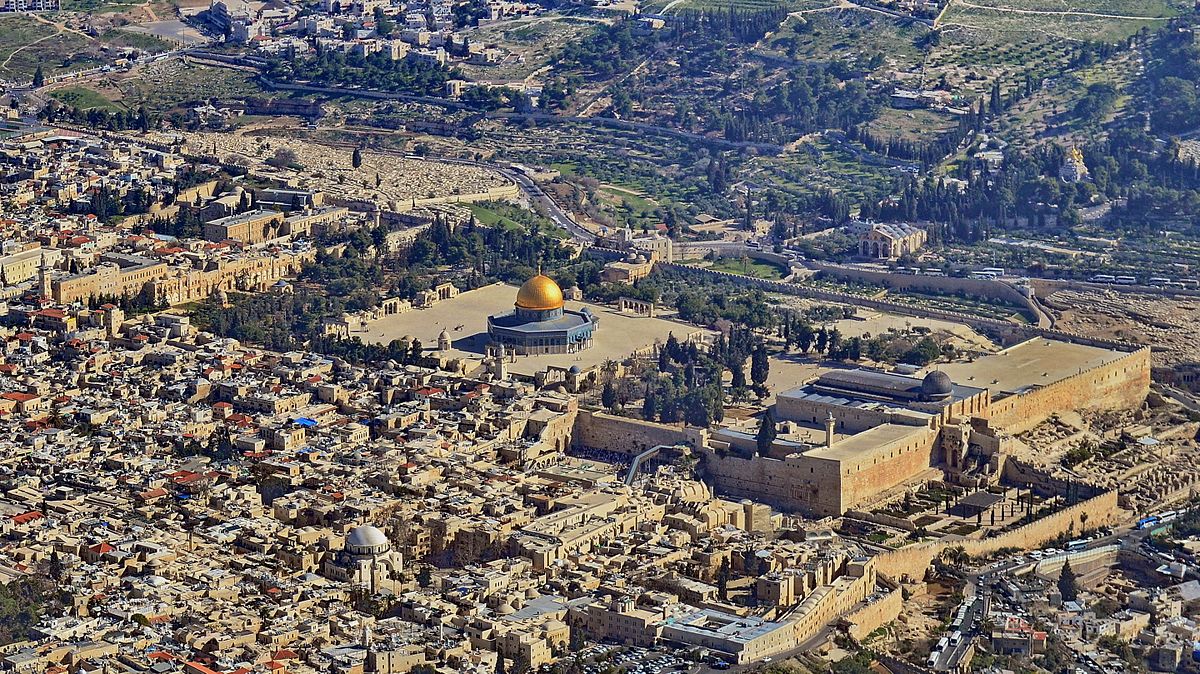I’m no technophobe. Yet, as
comfortable as I may be with our ever-expanding digital world, I’ll never be
what my friend and colleague, Rabbi Neil Hirsch calls a “digital native.” I was
an early user of America Online, back in the days of dial-up modems that ran at
300 baud (I’ll let you look that up on Google.) I was an early owner of a VCR
back in the day. I was even able occasionally to successfully program it to
record something I was going to miss. I’d watch it “later.” Later came to mean
countless tapes I never got around to watching. I
am playing some "catch up" this summer as I’m finally watching The West
Wing. I can’t count the number of
friends who’d told me that I’d love it. I even purchased the complete series on
DVD when it came out, which one of my sons quickly made off with. So I’m
seizing the moment. I am deep in Season 2 – and I am loving it - for
more reasons than the simple artistry of this highly acclaimed television
series. The writing is smart, and the acting is excellent. It’s no surprise
that the series garnered over 275 nominations and won almost 90 awards. Better
late than never – I’m catching up.
I am enjoying The West Wing for
more than its artistry. As this summer and my viewing winds on,
this fictitious American reality is better and more tolerable than the real one in our nation’s capital and our current Administration. This series, which
went off the air in 2006, is proving its staying power and it’s strengthening
my faith in our long-running experiment in democracy. As I traveled abroad this summer,
spending time in Prague, Krakow, Warsaw and Israel, it was interesting to
listen to folks living in the cities I visited share their perceptions of our
country and our President. It was often not pretty. I did not hear much
admiration. My casual interactions, as well as my time with longtime friends
who cover a broad spectrum of opinions, were no echo chamber. Neither have I
been isolating myself since returning home. If anything, I have broadened the
scope of my online news sources. In the less than two weeks that I have been
back home in Massachusetts, I find myself surrounded by disbelief as we seem to
keep sinking to new lows. I no longer leave the tv tuned to one or another
news channel as background noise. DVDs and online streaming are providing me
with alternatives which cushion me from the bizarre reality that is
our government in the summer of 2017. At least when the credits role, I know
I’m watching fiction. But too much of today’s true reality is beyond incredible. And yet, it is reality.
Last summer, when I launched
this new blog, I stated that I had "chosen to launch this
new Blog on which I can more freely share my musings, thoughts and questions, in ways which might be inappropriate on a site linked to my
congregation.” At this point last summer, I remember trying to wrap my
brain around the reality of our current president as the nominee of one of our
two major political parties for our nation’s highest office. I wrote last summer about Maurice Ogden’s poem, “The
Hangman” as a cautionary message for our time. I mused about how far a
candidate could stretch the boundaries of our political system. I wondered
then, and still wonder now: How far can the limits of what is tolerable and
intolerable, or what is true and what is a lie, be extended? It’s now a year
later. I am still thinking about what I wrote a year ago as I paraphrased the Hangman’s words
to his final victim, for whom there was no one left to turn. They still echo loudly in my
ears: “They have done no more than we’ve let them do!”
I am trying hard not to view this
through the prism of Republicans, Democrats, and Independents; women and men;
gay or straight – and I could go on . . . At what point do we rise up and
declare that our President’s words and
actions are unacceptable? How low will we allow our stature as a proud nation to
go before we cry, “Enough?” A year ago, I could not imagine the reality
in which we find ourselves. I was not alone then and I know I am still not alone. I am
alarmed at the lessons our children may be learning from the behaviors of our
Administrations, and many of our elected officials. I am concerned by our
President’s words and actions. I am concerned about where he will yet take us
given the power inherent in his office, and the reality that being created
daily through his words and tweets.
It’s still summer. We all seek a bit of escape in summer, at the beach, in the mountains, in books and at the movies. My summer escape is being fed (and nourished) by The West Wing. But as a nation we can ill afford total escape. Our reality is too fragile and too important to continue unfettered. May we – and our leaders in our nation’s capital awaken – now, before reality is too far gone for rescue.














